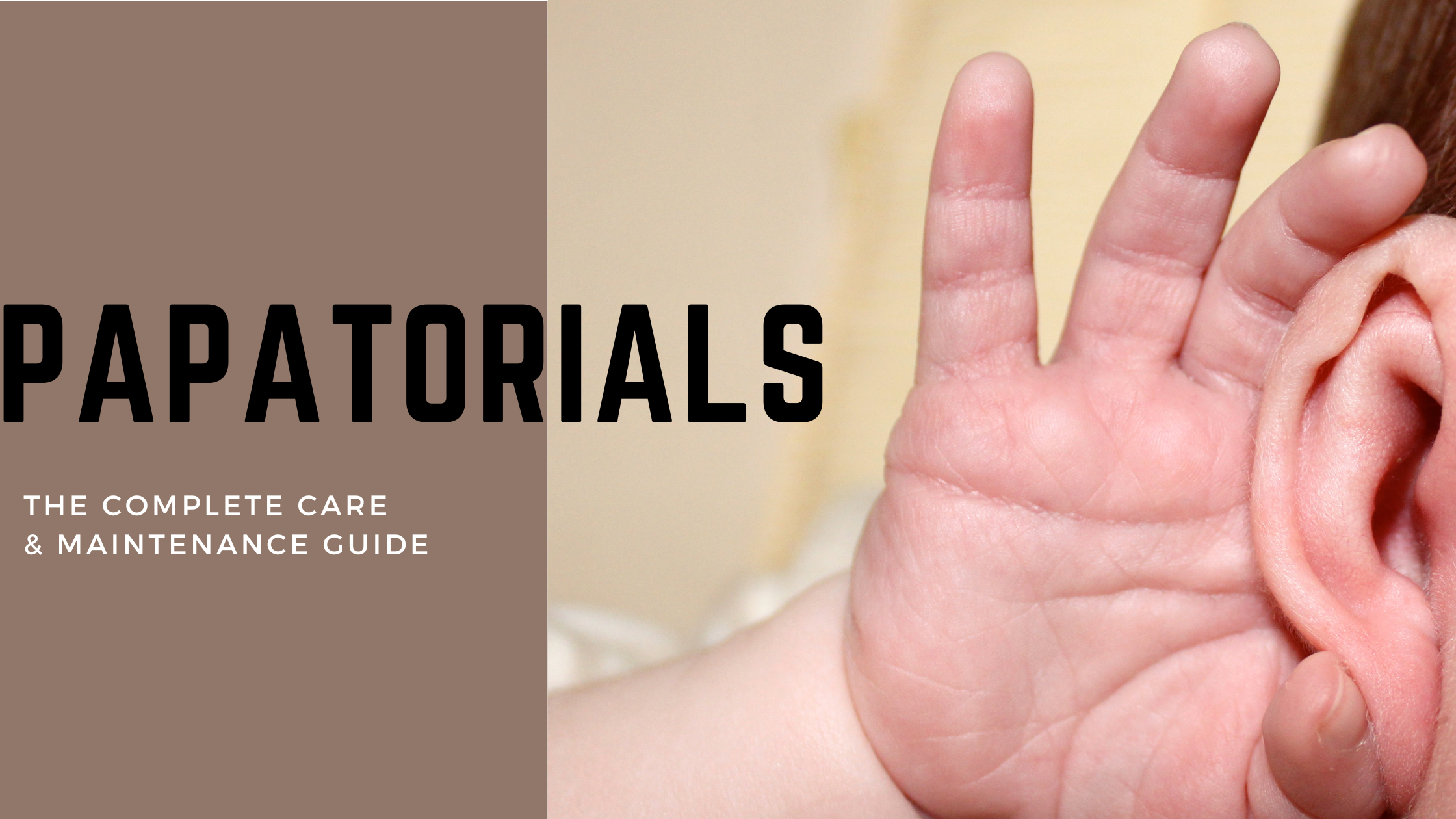
Ear Infection
〰️
Ear Infection 〰️
Care Plan
What to expect
The hallmark of an ear infection is pain in and around the ear. Young children, who may develop ear infections before they can talk, often leave parents guessing the cause of their discomfort. If your child can't say "my ear hurts," look for these signs that might indicate an ear infection:
- Tugging or pulling at the ear
- Crying and irritability
- Difficulty sleeping
- Fever, especially in younger children
- Fluid draining from the ear
- Loss of balance
- Difficulty hearing or responding to sounds
Seek immediate medical attention if your child has a high fever, severe pain, or bloody or pus-like discharge from the ear.
How to prevent?
To reduce your child's risk of developing ear infections, consider the following steps:
- Vaccinate your child: Ensure your child is up-to-date on their vaccines. Vaccinated children have fewer ear infections. The 13-valent pneumococcal conjugate vaccine (PCV13) protects against 13 types of bacteria that can cause infections.
- Consider breastfeeding: Breast milk contains antibodies that may help reduce the risk of ear infections and other illnesses. Whether you breastfeed or use formula, make sure your child is upright during feedings to prevent fluid from entering the middle ear.
- Wash hands frequently:Protect your child from colds and flu by keeping your hands clean. Wash thoroughly with soap and water for 20 seconds each time.
- Avoid exposure to sick individuals:
Keep your child away from people who are ill to reduce their risk of infection.
- Avoid secondhand smoke: Children exposed to secondhand smoke are up to three times more likely to develop ear infections. Keep your child away from smoke to lower this risk.
How to care for an ear infection?
Most ear infections resolve without treatment. Most doctors go with a wait and see approach
The reason for this approach is that using antibiotics for every ear infection can lead to antibiotic resistance, making future infections harder to treat. Additionally, antibiotics are often unnecessary as otitis media typically improves without them. While you might consider homeopathic or natural remedies, Tunkel cautions that these aren't well studied.
It's best to consult with your child's healthcare provider to determine the appropriate course of action. Treatment decisions generally depend on the child’s age, level of pain, and symptoms.
Under 6 Months
Babies under six months usually receive antibiotics. At this age, children are not fully vaccinated, and there is no research supporting the safety of skipping antibiotics. Complications from ear infections can be more severe in young infants, as bacteria behind the eardrum can spread and cause serious infections.
6 Months to 2 Years
For children between 6 months and 2 years, the American Academy of Pediatrics (AAP) recommends shared decision-making between parents and providers for non-severe ear infections. Often, it's best to observe the child for two to three days before prescribing antibiotics. If the child is in pain or the infection is advanced, the doctor may suggest immediate antibiotics.
Over 2 Years
For children over 2 years old, non-severe ear infections are likely to resolve on their own. During this time, pain can be managed with over-the-counter medications like ibuprofen or acetaminophen. If there's no improvement after two to three days, antibiotics may be necessary.
Recurrent Ear Infections
Some children experience recurrent ear infections, up to five or six times a year. These children might benefit from a surgical procedure where small tubes are inserted into the eardrums to improve airflow and prevent fluid buildup.